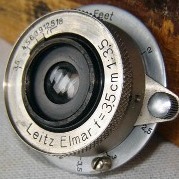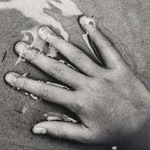Fujifilm Neopan 100 Acros OR Ilford FP4 125 ?
-
Recently Browsing 0 members
- No registered users viewing this page.
-
Similar Content
-
Ilford FP4+ 1 2
By Mr.Prime,
- 38 replies
- 2,901 views
-
- 7 replies
- 1,913 views
-
- 11 replies
- 965 views
-




Recommended Posts
Join the conversation
You can post now and register later. If you have an account, sign in now to post with your account.
Note: Your post will require moderator approval before it will be visible.